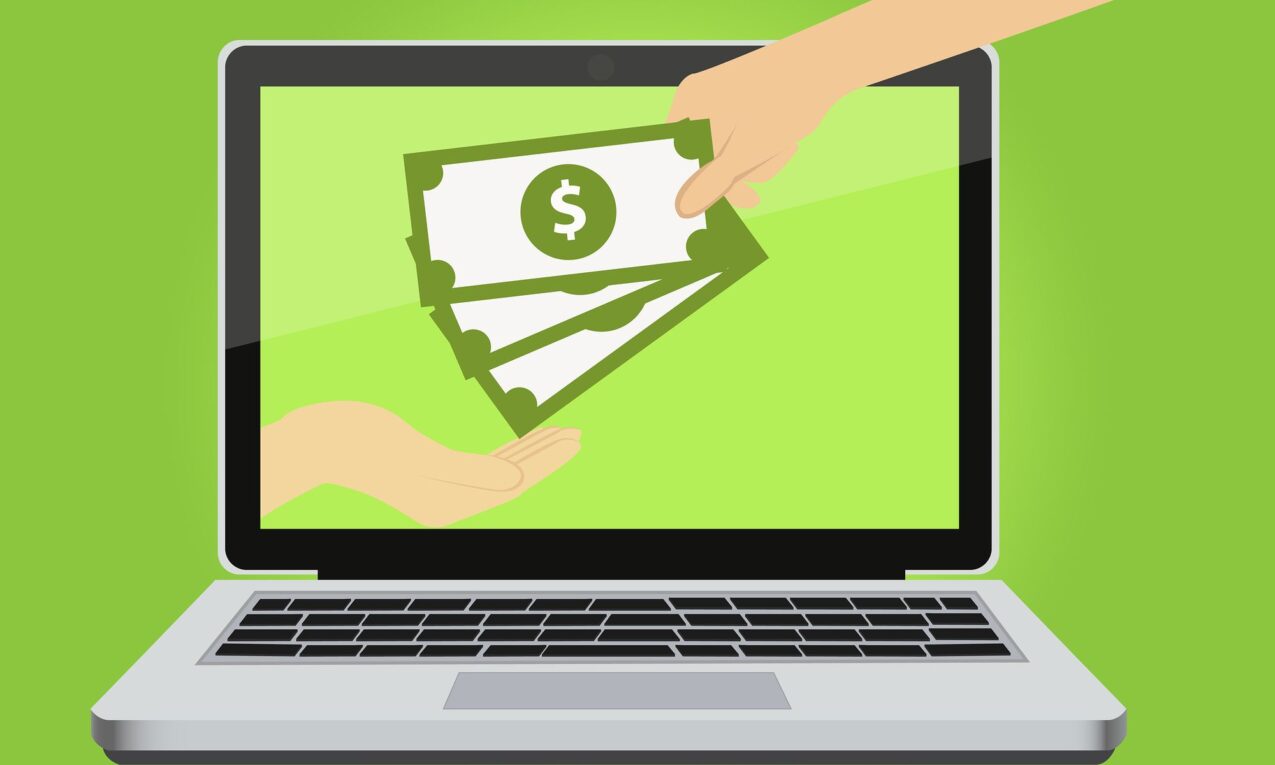Financial technology (FinTech) has become a driving force in reshaping how we access credit and financing. By utilizing new data sources and advanced algorithms, digital lending platforms are making it easier and faster for both consumers and small businesses to obtain the funding they need.
The Growth of Digital Lenders
Over the past decade, there has been explosive growth in the number of digital lending platforms. Major factors fueling this trend include the proliferation of smartphone usage, advances in data analytics capabilities, and a desire from many borrowers for quick and convenient access to credit. According to a recent report from PricewaterhouseCoopers, Digital Lending saw origination volumes grow over 30% each year between 2015 to 2020. Some of the largest digital lenders in the U.S. originate billions of dollars in loans annually.
The emergence of these platforms has created more competition in the lending marketplace. Traditional banks now face new challengers that can approve loans in minutes rather than weeks. For borrowers, Digital Lenders provide an alternative that does not always require perfect credit scores or collateral. New entrants are especially helping those who may be turned away by conventional underwriting standards, such as self-employed individuals or small businesses owners.
Streamlined Underwriting with Alternative Data
Instead of solely relying on credit scores and financial statements, digital lenders leverage new sources of alternative data in their underwriting models. This includes factors like account transaction histories, utility payment records, education backgrounds, and mobile usage behaviors. By analyzing thousands of data points, lenders can better evaluate risk and make credit decisions much faster than reviewing lengthy applications by hand. This allows marginal borrowers who lack pristine credit to still access needed funds.
For example, a lender may look at years of bank statement transactions to gauge spending and savings habits. Did the borrower regularly make on-time payments for essential expenses? How consistent was their income? These types of insights provide a more holistic view of creditworthiness compared to just using the traditional three bureaus. By pulling in more robust data sets, digital platforms can serve a wider range of borrowers and automate underwriting at scale.
Unsecured Personal Loans at your Fingertips
One segment seeing tremendous growth is unsecured personal lending through mobile apps and websites. These digital offerings let consumers readily access smaller installment loans ranging from $1,000 to $50,000 with flexible repayment terms. Many popular personal loan apps boast the ability to get funding deposited into a bank account within a day of applying.
There are now dozens of personal loan providers vying for borrowers’ business. Leading companies like SoFi, Marcus, and OneMain continually seek to improve their customer experiences through quick decisions, low fees, and user-friendly interfaces. People turn to these loans for everything from debt consolidation and home renovations to wedding expenses or medical bills. With just a few taps, individuals can cover unexpected costs without the hassle of visiting multiple banks or waiting weeks for approval. For many borrowers, these services fill a crucial gap.
Easy Capital for Small Businesses
Obtaining financing as a small business owner has long involved tedious paperwork and bureaucracy. For example, the traditional SBA loan application is notoriously lengthy and onerous. However, digital lenders are now streamlining small business loans with intuitive online platforms. Some services target specific verticals such as trucking, transportation or restaurants to better understand unique funding needs.
Small dollar loan amounts between $25,000 to $250,000 have become quite accessible through FinTech companies focused on providing fast capital to SMBs. Alternative data like business bank statements, credit card processing volumes, and merchant cash flow are commonly used in underwriting decisions. Terms tend to be tailored based on the business type, whether it belines of credit, merchant cash advances or equipment loans. Furthermore, many online lenders can offer approval for eligible applicants within days rather than months like conventional banks. This quicker access allows small businesses to seize opportunities and cover cash flow shortfalls.
Impact of Digital Lending
Digital lending platforms have made great strides in fulfilling the credit needs of both individuals and small ventures that were previously underserved. Their innovative data-driven approach gets funding to harder to qualify borrowers. At the same time, streamlined digital experiences deliver financing more conveniently. As technology further evolves lending models, even more small businesses and consumers stand to benefit from fair and affordable credit options. While regulatory oversight remains important, FinTech innovation within lending has empowered many to obtain vital capital for their goals that may not have been possible before. Overall, digital transformation continues reworking how individuals and enterprises finance themselves for both present and future needs.
The rise of digital lending has positively impacted access to credit through more sophisticated uses of alternative data and automated underwriting. Both personal loan borrowers and small business owners now enjoy faster, more convenient options for financing life’s various expenses. As FinTech adoption grows, online lending platforms will likely transform the consumer and commercial lending process even further by making capital readily available to a much wider range of applicants.
Note:
1. Source: Coherent Market Insights, Public sources, Desk research.
2. We have leveraged AI tools to mine information and compile it.

